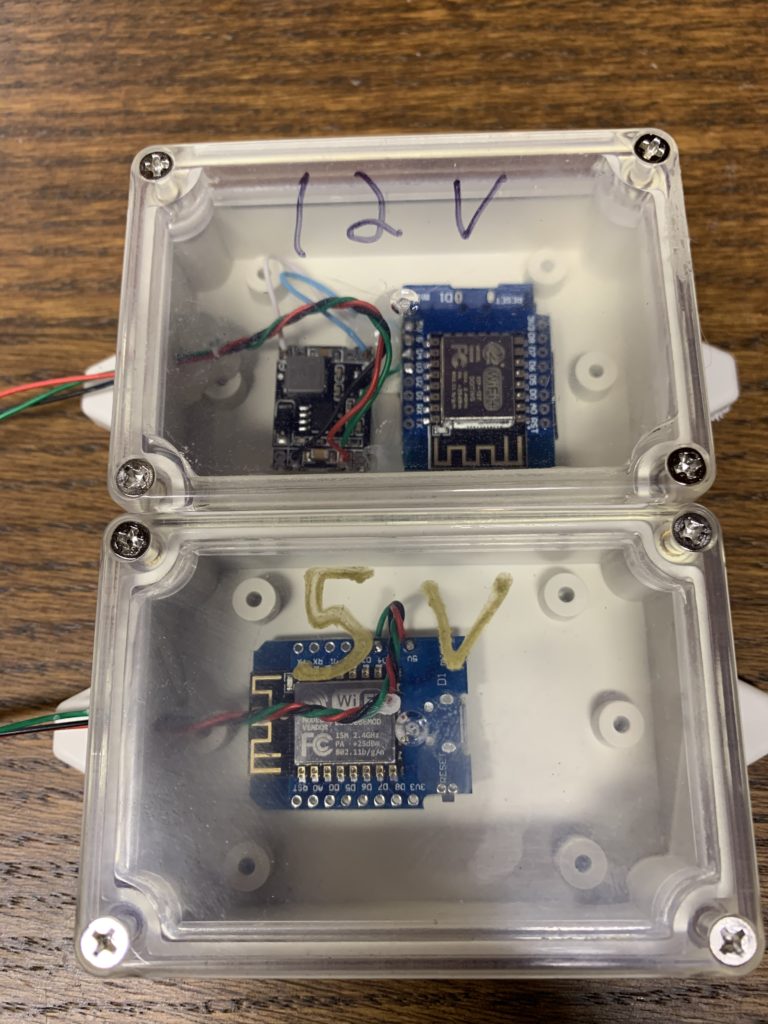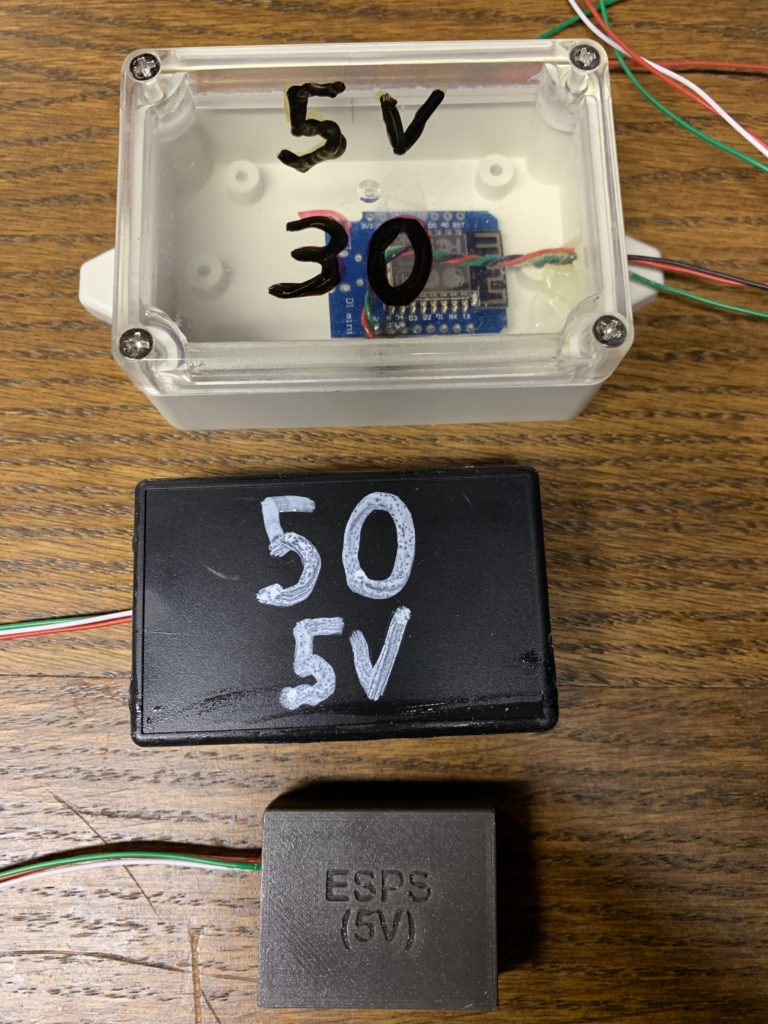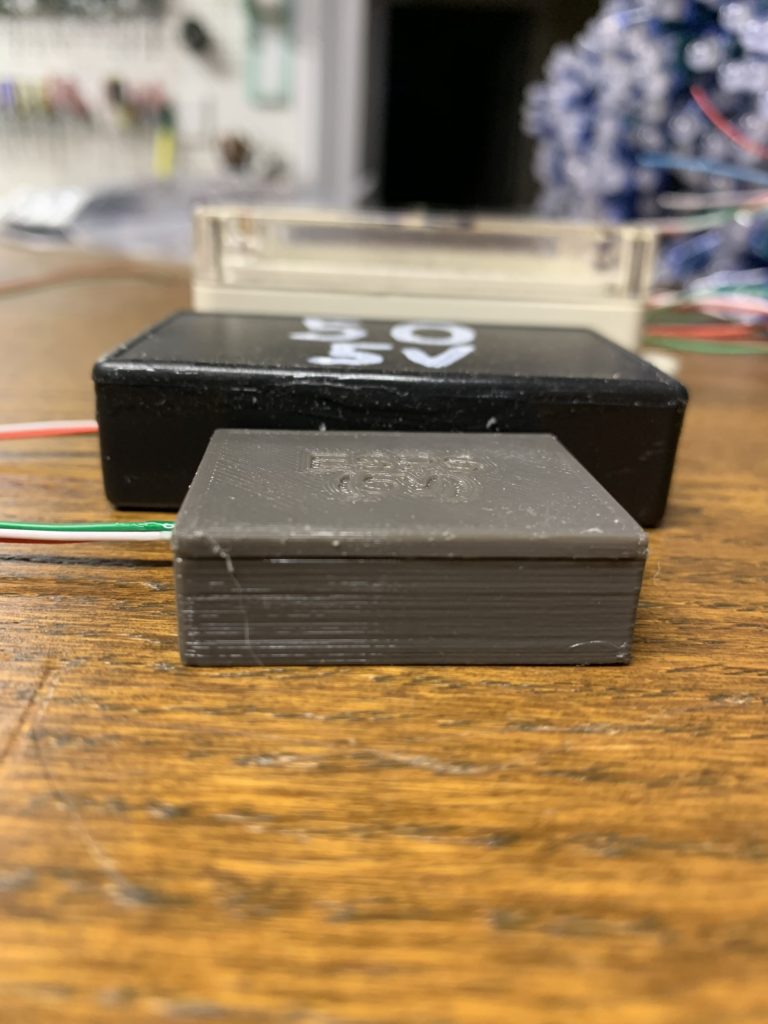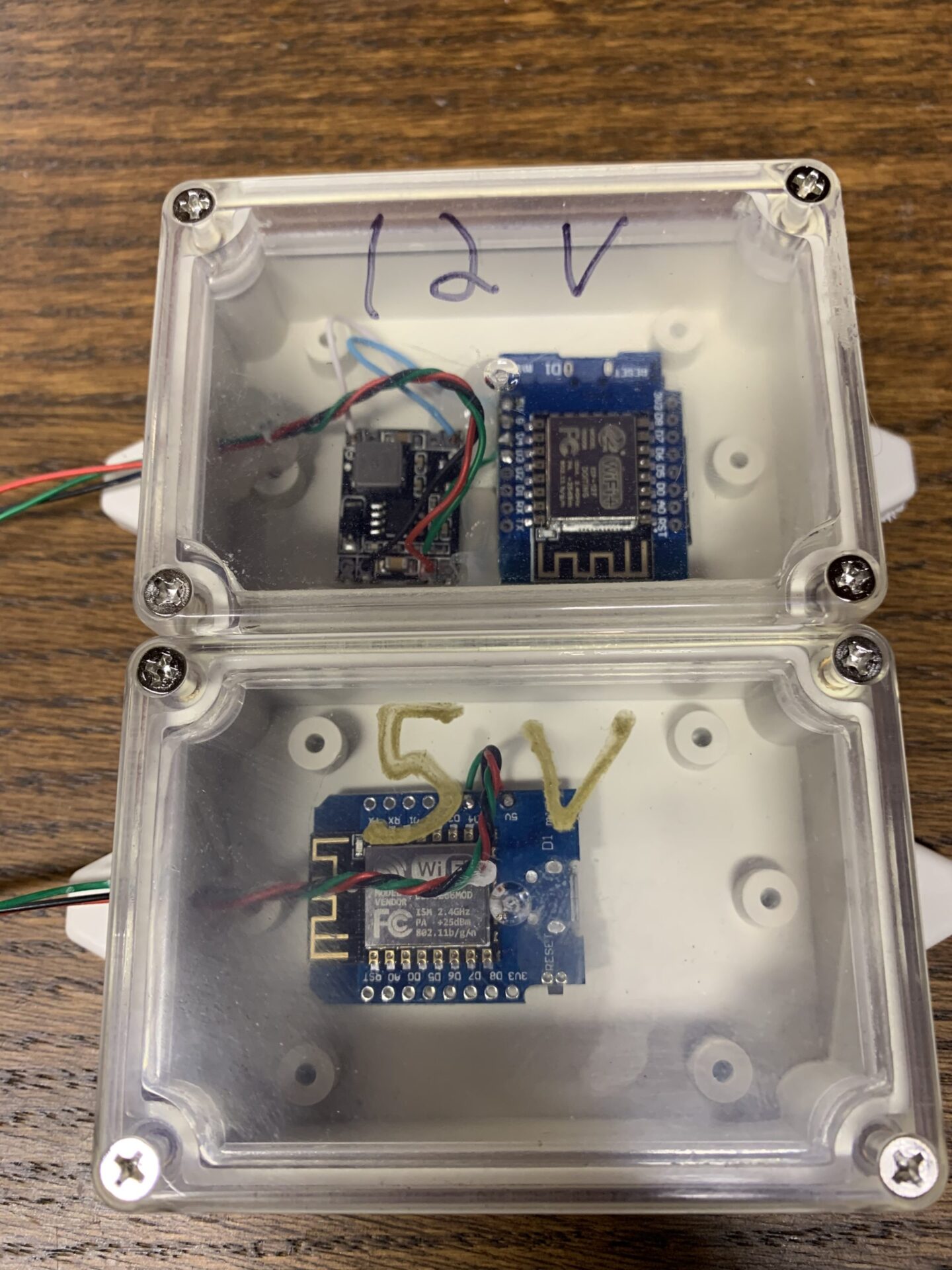
D1 Mini Controller Boxes
Important Notice
This site is no-longer being maintained, and the content and links found here may be irrelevant and outdated. It is online for archival purposes only.
Update (January 2021):
I’m no-longer using these as they ultimately failed. I don’t believe there is anything inherently “wrong” with controllers like this, and many people do use them successfully for shows of varying sizes. For me, as noted in later blog posts, WIFI seems to have been the Achilles Heal of these. Unless you have almost-ideal conditions- WIFI just can’t handle the traffic needed to run a lot of these. I would love to see wired options along these lines, or maybe 5Ghz WIFI would fix some of the problems.
I do still use variations of these to run AC relay controls for my pixels strings and props, but that takes minimal network traffic, so I see no reason to expect them to fail.
I have some more information about building the D1 Mini controllers elsewhere. Specifically:
https://lunardenlights.com/2020/08/18/d1-mini-e1-31-dmx-relay-controller/
https://lunardenlights.com/2020/03/05/firmware-and-controller-update/
I wanted to do a quick update to show the evolution of the enclosures since I started…
My first controllers were actually stuffed into PVC pipe. This did not work well at all. While they were quite waterproof, they were impossible to get to if I needed to re-flash them or there was some other issue. There was no good way to open up the pipe again once it was glued without damaging the board. One tip I have found is to use hot-melt glue instead of actual PVC cement. You can then use a heat gun or a lot of force to open up one of the ends.
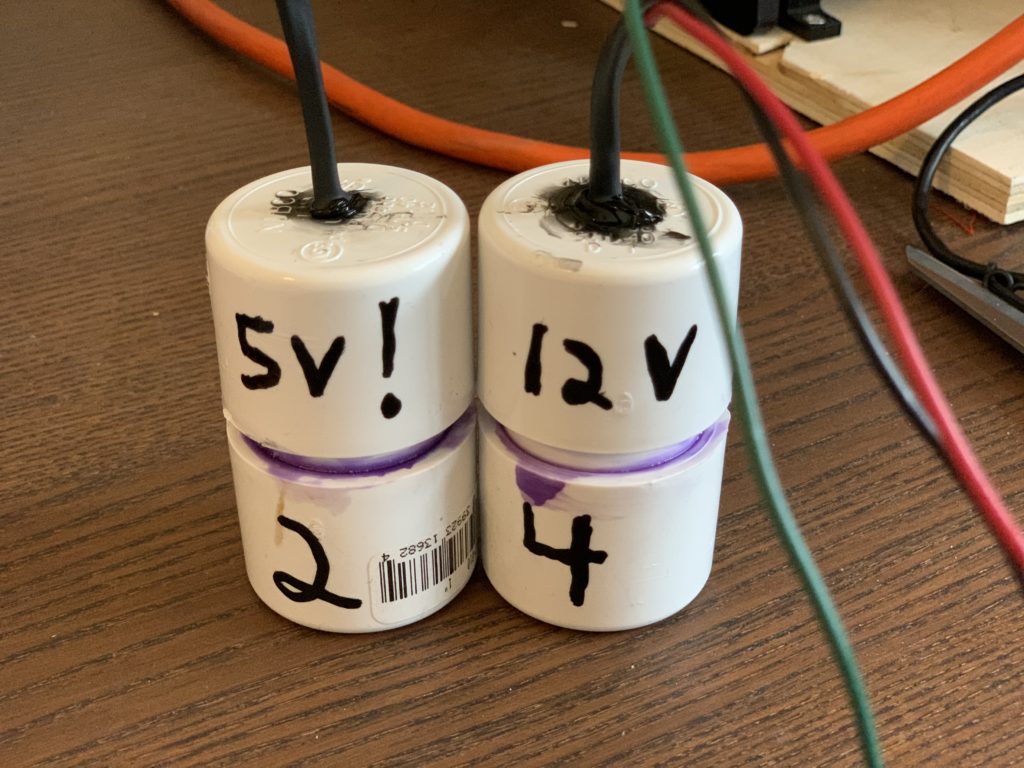
Next, I got some waterproof project boxes from China. These are great (I love the clear covers), but are bulky though with a lot of wasted space.
So, then I found some smaller boxes. These were also from a Chinese supplier, and were supposedly “waterproof” (they have snap-lids and aren’t even close). I sealed them up with silicone and “Flex Seal” though and they actually work pretty well…
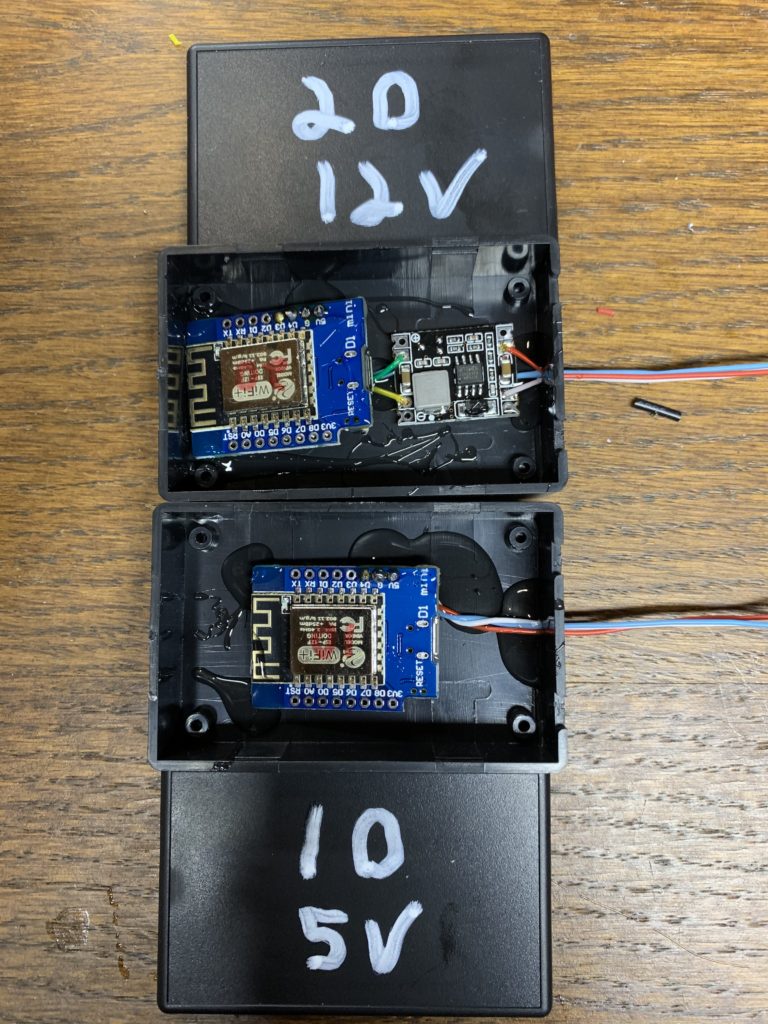
Now (as of mid-2020) I’m using custom 3D-printed boxes, just barely larger than the D1 Mini. I use 5v pixels for almost everything, so don’t need to stuff in a buck converter, but I can make a slightly larger version if I have to.
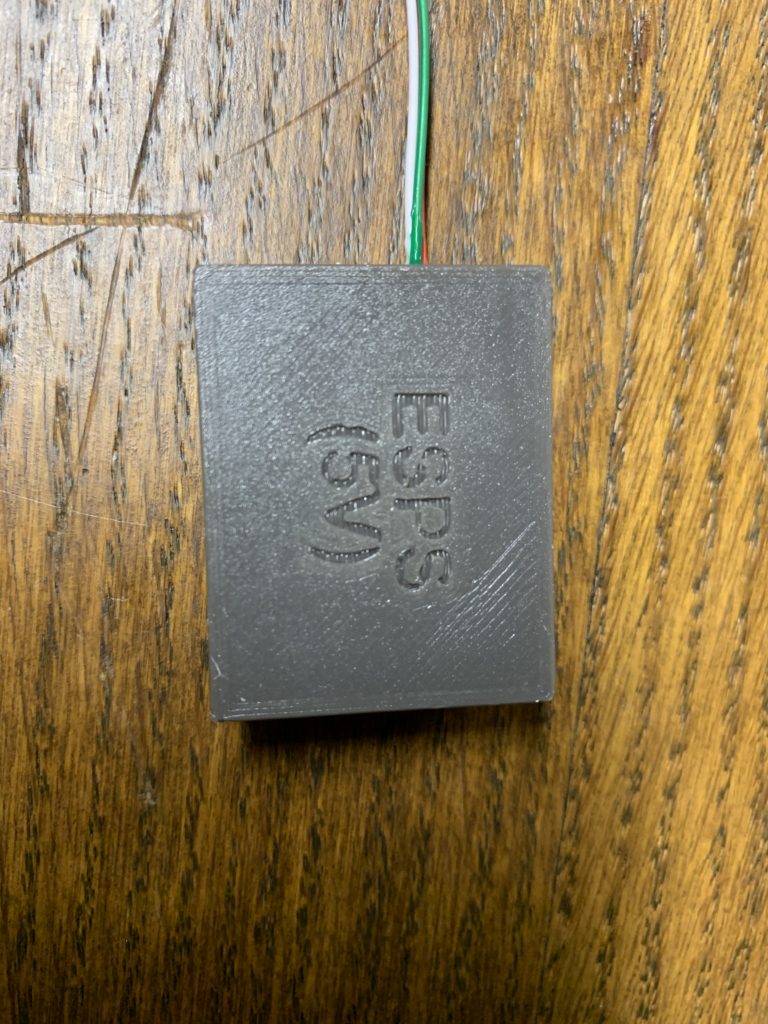
This is also sealed with silicone, and I like coating them with a layer of Flex Seal for a bit of extra protection.
So- here is the progression of boxes:
All of these can just be zip-tied to a pixel strip, coro-prop, or decoration, making them self-contained except for power.
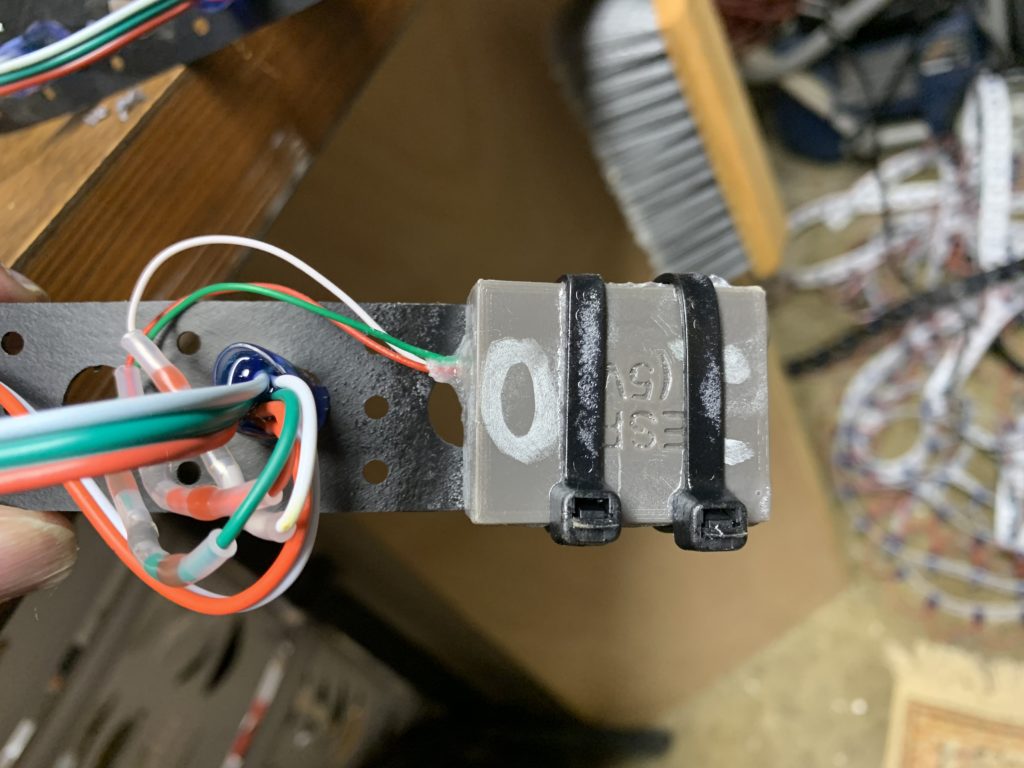
To 3D print the boxes, I used a “Universal Box Generator” script in OpenSCAD. I’m including it and my current box design in the following .zip file. You can download OpenSCAD here:
https://www.openscad.org
Obviously you need a 3D printer and slicing software as-well. 😊

